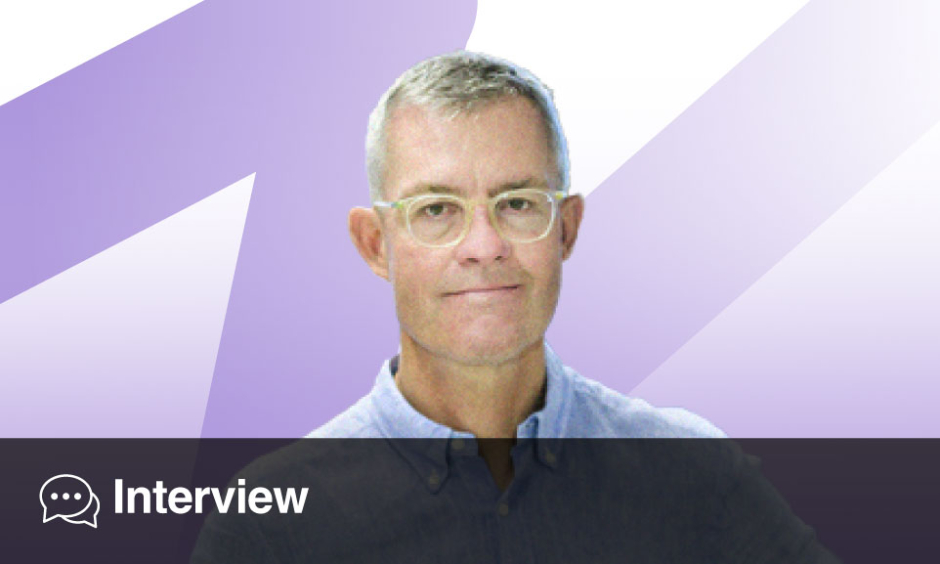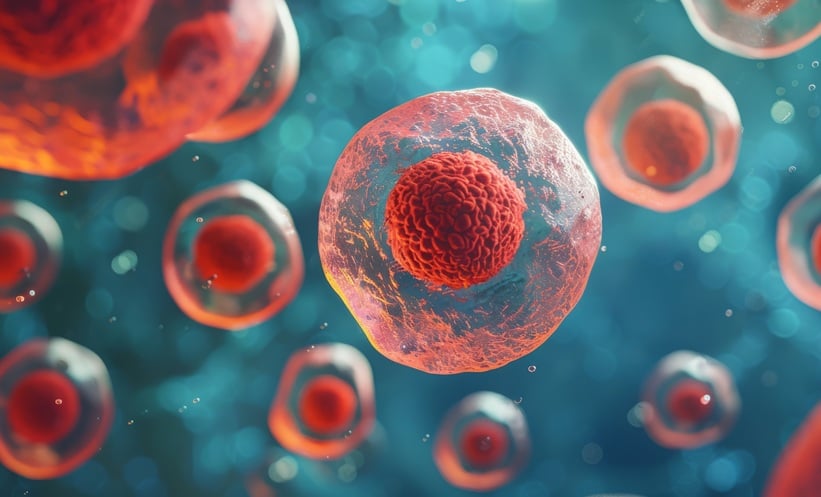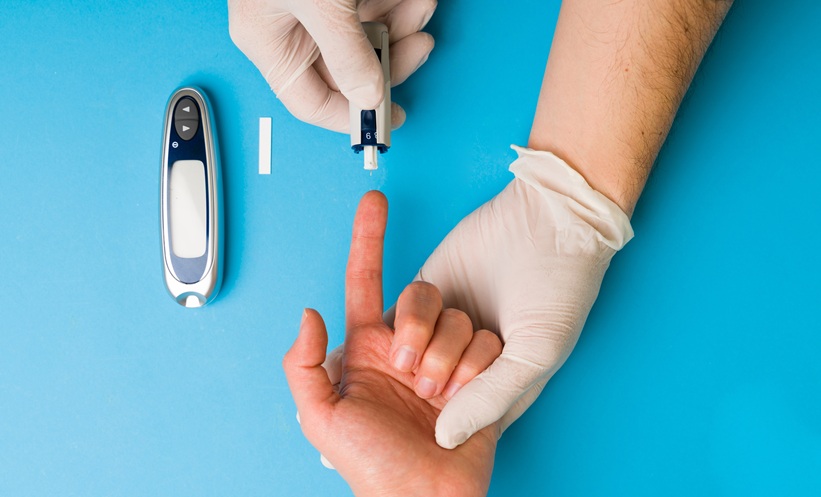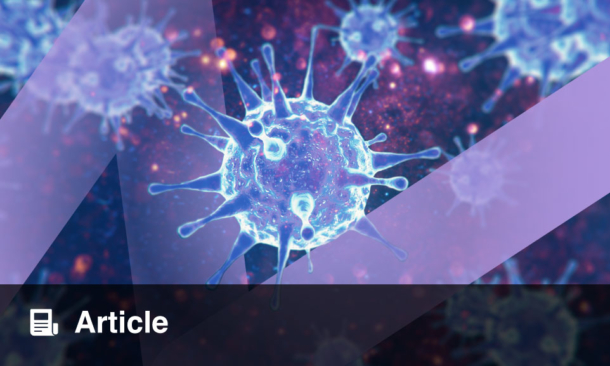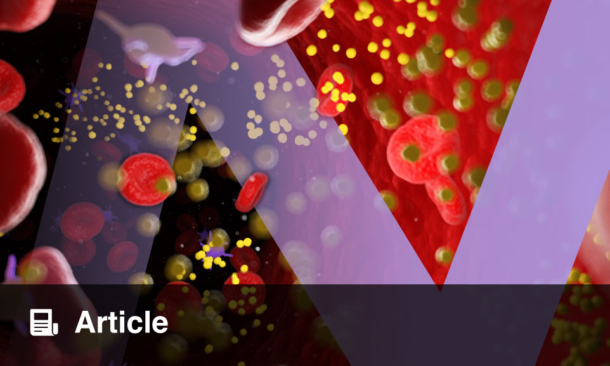Hindrik Mulder | Board Member, European Association for the Study of Diabetes (EASD); Principal Investigator, Unit of Molecular Metabolism, Lund University Diabetes Centre, Sweden
Citation: EMJ Diabet. 2025;13[1]:59-61. https://doi.org/10.33590/emjdiabet/ZABN8639
![]()
Your work has significantly advanced the understanding of insulin secretion and β-cell biology. What initially sparked your interest in this area, and how has your focus evolved over the course of your career?
I began by studying neuropeptides, but then my attention was caught by one specific hormone, expressed mainly in β-cells but also in neurons and the gastrointestinal cells. Having a medical background and seeing the implications for diabetes, I decided to pursue a more β-cell-focused path. What started as a more general interest later became more specialised.
You’ve combined an active research career with clinical work in an outpatient diabetes clinic. Could you share an example of how a clinical observation shaped a research direction, or vice versa?
I would say I don’t have examples of that, because in the hospital outpatient clinic, we mainly care for patients with Type 1 diabetes, whereas my research is focused on Type 2 diabetes. So, there’s quite little concrete input from my clinical work into my research. But in general, it provides a framework to understand the situation of the patients, how severe the disease actually is, and how crucial it is to make progress, to try to find ways to treat and ultimately maybe even cure the disease. Those concepts are kept alive through my clinical work, even though there’s not a direct link.
Moving on to your role at EASD as a board member of the association, how do you see the organisation’s role in shaping the future of diabetes research and care across Europe and globally?
The main role of the association is to make research available to as many people as possible. For scientists, the meeting acts as a place to present, listen, criticise, and leave with more knowledge than when they arrived. At the same time, it’s also an opportunity to promote research on a higher level. These meetings are large in scope, and our presence is felt in the host city, something we actively use to highlight and promote diabetes research more widely.
All of this is run by EASD. It is the climax of the year for us, a process that has been worked out over the years, including the financial aspects. But the main objective, as I said before, is science. There are also other stakeholders, like pharmaceutical companies. They are here to communicate about their products and their work, but we also want them to be exposed to the science. It’s a win-win situation. And yes, we are visible all over the host city, Vienna, this year, even if the exact impact is difficult to measure.
At this year’s Congress, one major focus is on AI in diabetes care today and tomorrow. Where do you see AI having the most immediate impact in clinical diabetes care, and what should healthcare professionals do to prepare?
AI is a very broad concept, from generative models to more statistical methods trained on datasets. On a general scale, AI is everywhere already, and we don’t get to decide whether to use it or not. For example, when you’re writing on the computer, AI-based mechanisms correct your grammar and spelling.
AI is useful in many cases. You can see it as an extension of writing where we went from pencils to typewriters to word processors, and now we have programmes or apps that can write for us if prompted. But a very important thing about AI is accountability. It can, in some ways, work independently, so somebody must take responsibility. If you use AI to write an abstract, that’s fine, but you are still the author and responsible for the content, including any errors.
So, I would say we are both stakeholders and users of AI, but we need to be cautious. We must learn how to use AI responsibly, to take advantage of the benefits while protecting ourselves from misuse.
Are there any sessions at this year’s Congress that particularly stood out to you in terms of impact on future research or clinical practice?
It’s always hard to know the impact in real time. You need a timeline to see if something has a real impact. But there are lectures where, retrospectively, you can see the importance. One example is the Claude Bernard Lecture. The awardee, Andrew Hattersley, University of Exeter, UK identified monogenic forms of diabetes in newborns and provided them with more suitable medication, which allowed them to stop using insulin. That has already had a huge impact on those patients’ lives.
In general, I always try to attend the prize lectures. The people receiving those awards are outstanding, and it’s a good way to gauge what the best research in diabetes looks like.
As for AI sessions, I’ve been to one or two. Honestly, I found them a bit underwhelming; nothing really robust beyond what we already know. AI methods are already used in many presentations based on big datasets. It’s part of the statistical toolbox now.
You were involved in the creation of the session ‘Insulin Resistance in the 21st Century: New Takes on an Old Problem’. Could you share the key ideas you discussed and what new perspectives clinicians should be aware of?
This is one of my favourite projects. A few years ago, as a journal editor, I thought that the leading diabetes journals could do something together to promote research at a higher level. So, we created an expert forum. We invite experts, senior scientists, and rising stars, with diversity in age, sex, and geography, to discuss a research area where there may be uncertainty or controversy.
We gather them in a room, provide some structure, and let them discuss. These discussions are followed by a symposium at the meeting, and then written up as a state-of-the-art review. It’s been very rewarding. The scientists really enjoy the discussions and learn from each other.
This year’s topic was insulin resistance. When I was a young scientist, this was ‘the field’, but in recent years, interest has declined. We wanted to see if there were important recent advances that could stir interest, and the response was very strong. The hall was almost full, even though it clashed with a prize lecture, so we, the editors, were very pleased.
We’ve done this twice before, first on the microbiome and last year on the heterogeneity of Type 1 diabetes. Both were successful, although attendance was lower because they were scheduled at the end of the meeting. This year’s timing worked much better.
Training and supporting the next generation of diabetes professionals is vital. What do you think are the most important skills and mindsets they should develop?
Of course, you must be smart and well-trained. But you also need ambition, not in terms of career, but ambition to solve a problem that matters, ideally one that will benefit people with diabetes. And you need passion. Passion keeps you going when things are tedious or difficult. It’s sometimes triggered by working with inspiring people; you see what’s possible, and it motivates you. Ultimately, passion and perseverance are what sustain you when logic and skills are not enough.
Finally, what do you hope attendees will take back from this year’s Congress to their clinical practice and research?
For clinicians, I hope they leave with a deeper understanding of therapies they can offer patients, information that is correct and useful, without bias or exaggeration. I also hope the scientific framing of the meeting gives them a more critical view of what they hear in the exhibition halls. A scientific, critical attitude is extremely important, maybe more than ever, because we live in an era where facts are ignored and gut feelings are prioritised.
For researchers, I hope they have networked, established collaborations, heard inspiring things, and received valuable feedback on their work. And I hope they’ve enjoyed themselves too, meeting colleagues, sharing meals, and building relationships. Collaboration is what drives breakthroughs. It’s rare for one group alone to make major advances, a paradigm shift. When people with different perspectives come together, that’s when things move to another level.
We are privileged to have meetings like this every year. Of course, it takes a lot of work from the EASD and support from the pharmaceutical industry, but the industry also needs science, because all drugs are ultimately derived from academic discoveries.

